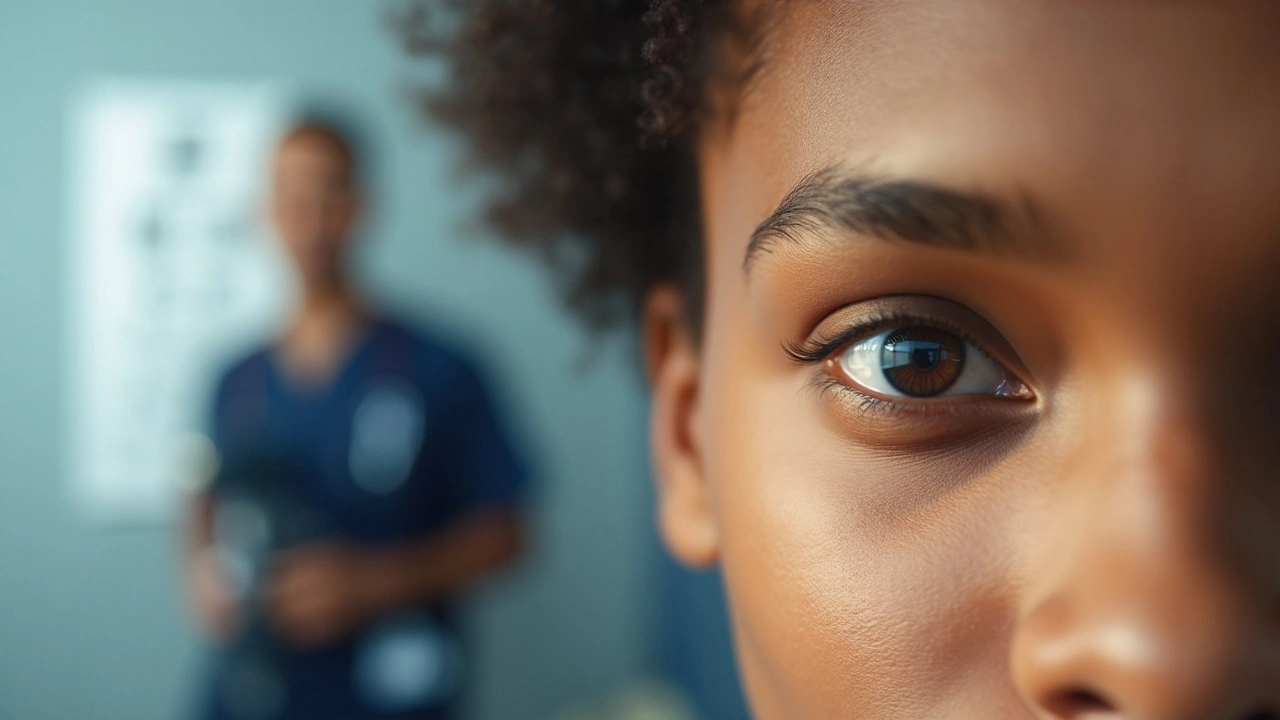Myosis: What It Is and How to Deal With Small Pupils
Ever notice your eyes looking unusually tiny? That’s myosis, a medical term for a constricted pupil. It can happen for many reasons, some harmless and others that need attention. Understanding the basics helps you act fast and keep your vision clear.
What Causes Myosis?
Most often, myosis shows up after exposure to bright light. Your eyes automatically shrink the pupil to protect the retina. Certain medicines, especially eye drops like pilocarpine or certain glaucoma drugs, also tighten the pupil on purpose. If you’re using these meds, myosis is expected and usually safe.
Other triggers include nerve problems, head injuries, or infections that affect the eye’s muscles. Substances such as opioids can cause the pupils to stay small, too. Even some neurological conditions, like Horner’s syndrome, produce a noticeable pupil size difference.
In rare cases, a sudden, painful myosis might signal a serious issue like a brain bleed or severe infection. If the small pupil comes with vision loss, headache, or eye pain, treat it as an emergency and see a doctor right away.
How to Manage and Treat Myosis
First, figure out why it’s happening. If a bright environment is the cause, simply step into dimmer light or wear sunglasses. For medication‑induced myosis, talk to your pharmacist or doctor about adjusting the dose or switching to a different drug.
If an opioid or other substance is the culprit, stopping its use will usually let the pupil return to normal. Never quit prescription meds on your own—get professional advice first.
When myosis is linked to an eye condition like glaucoma, treatment may involve prescription eye drops that balance pupil size and pressure. Follow the dosing schedule exactly; missing doses can reverse the benefits.
For nerve‑related or neurological causes, doctors often run tests such as MRI or CT scans to locate the problem. Treatment then targets the underlying condition, which may include surgery, physical therapy, or specific medications.
While you wait for professional help, avoid rubbing the eyes and keep them clean. Use lubricating eye drops if they feel dry, but skip anything that could further constrict the pupil.
In summary, myosis is usually a normal response to light or medication, but it can also hint at deeper health issues. Paying attention to accompanying symptoms—pain, vision changes, or headaches—helps you decide when to seek urgent care. Keep a list of any eye drops or medicines you’re using, and share it with your doctor for the quickest, safest treatment plan.

Myosis and Medications: Essential Guide
Learn how myosis occurs, which drugs cause pupil constriction, clinical uses, risks, and how to manage these medications safely.
